A Tale of Two Homes
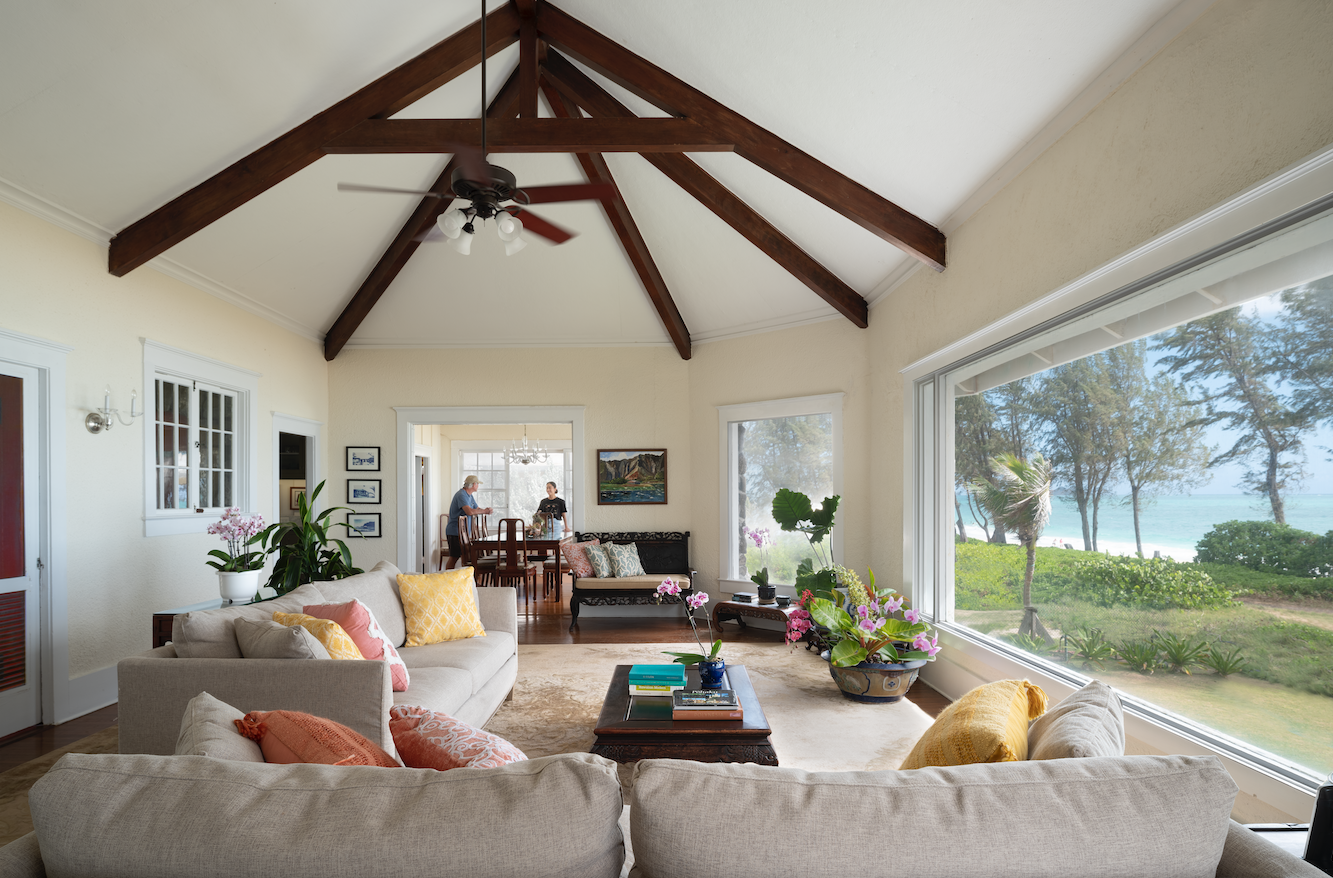
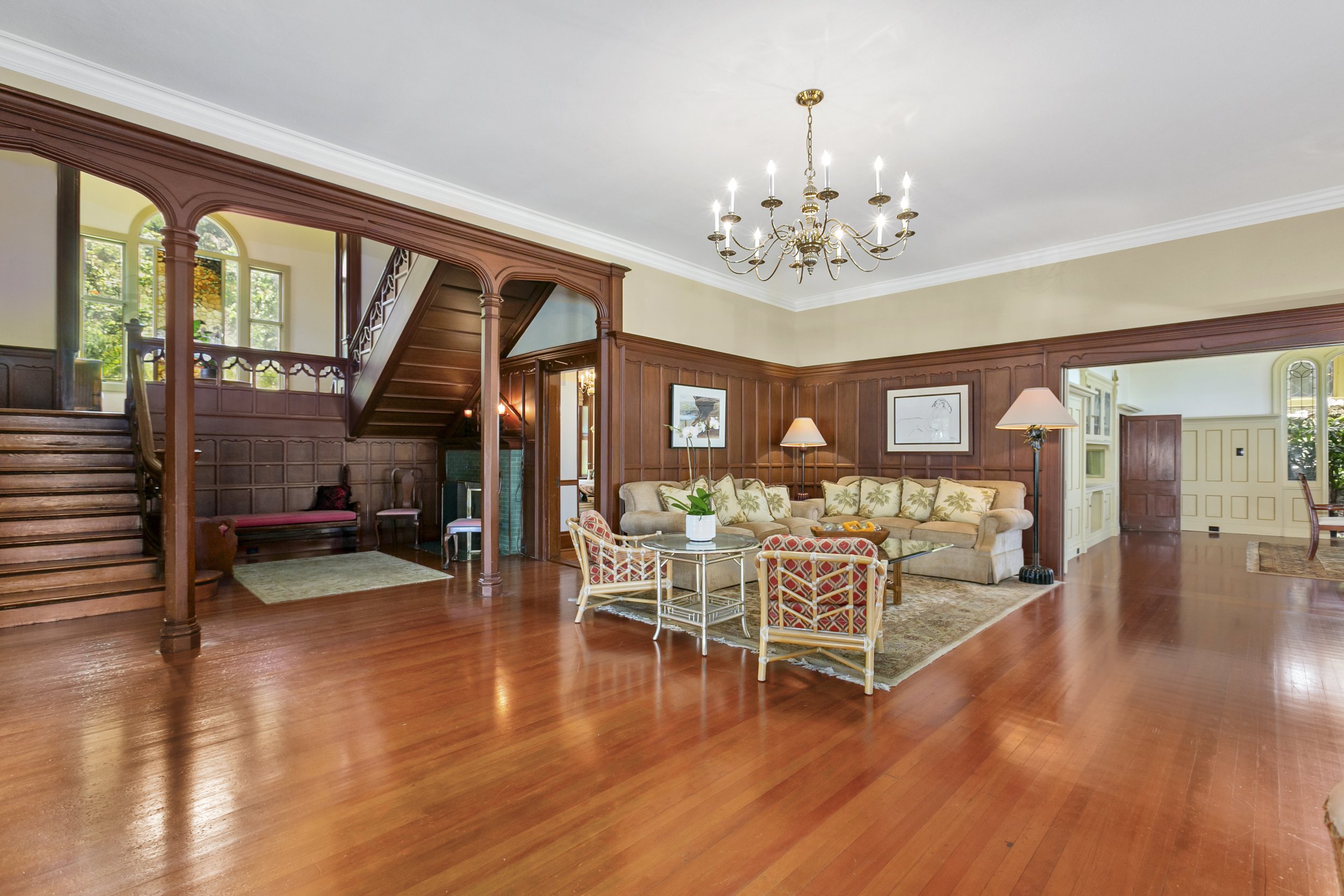
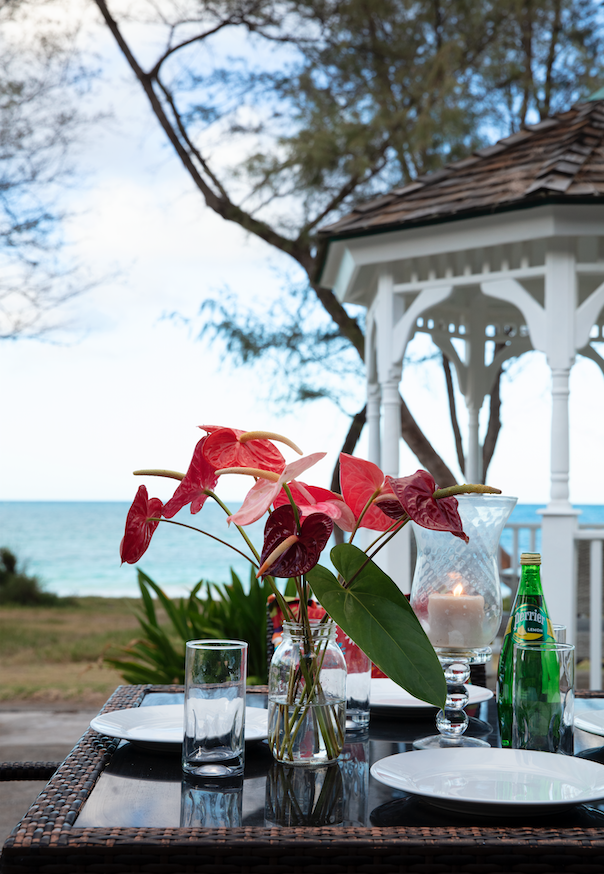

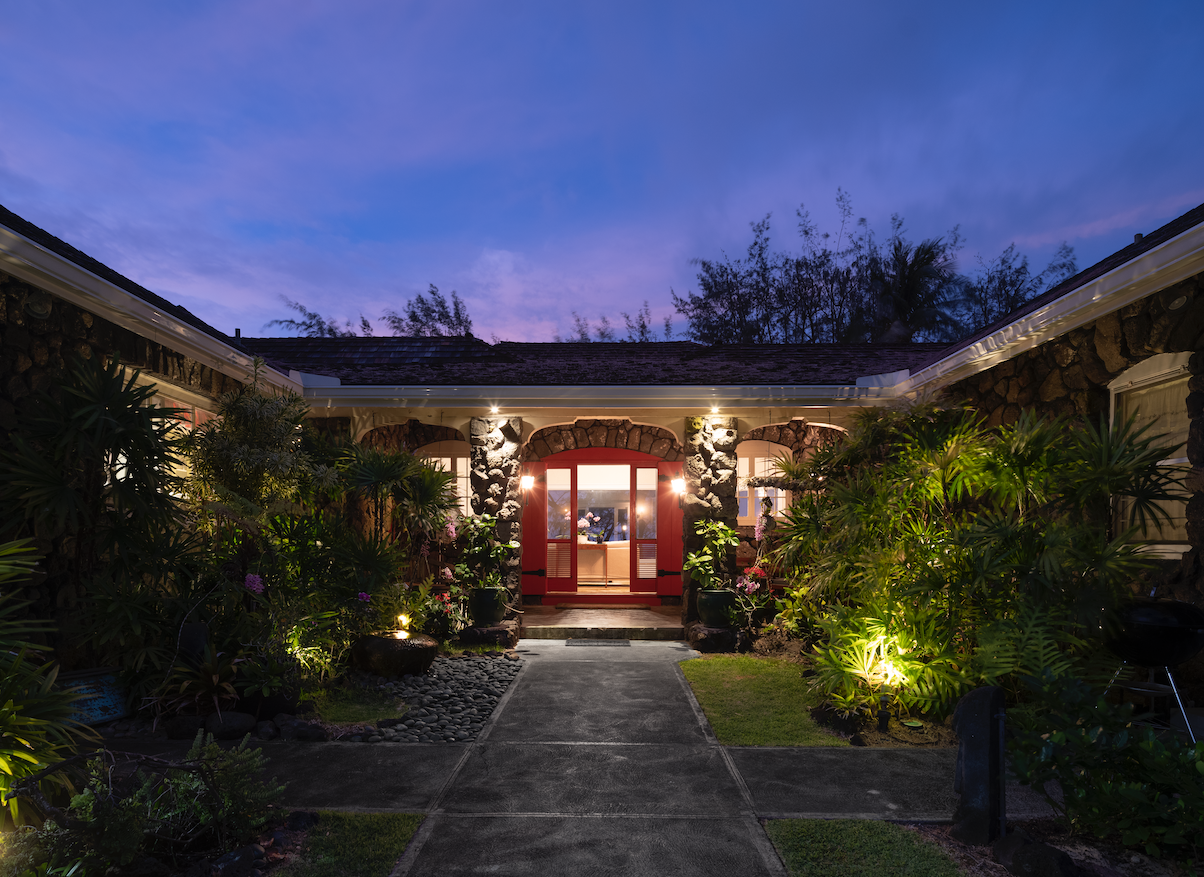
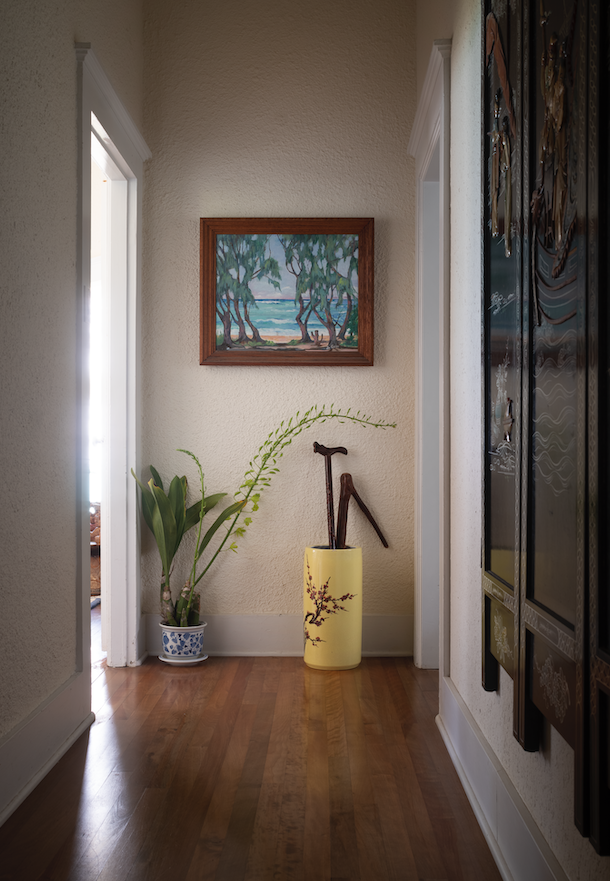
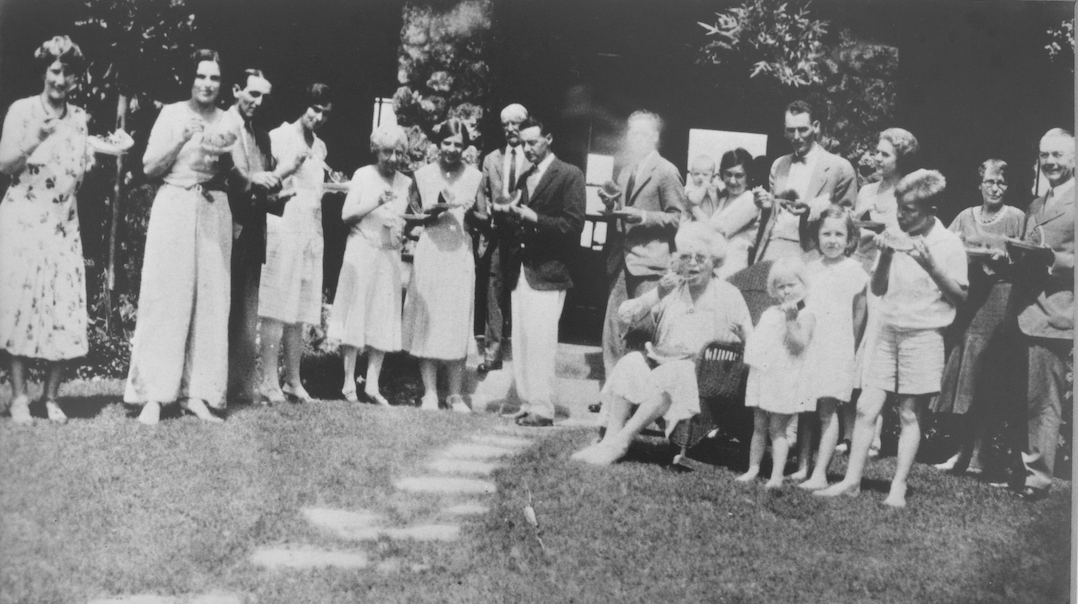
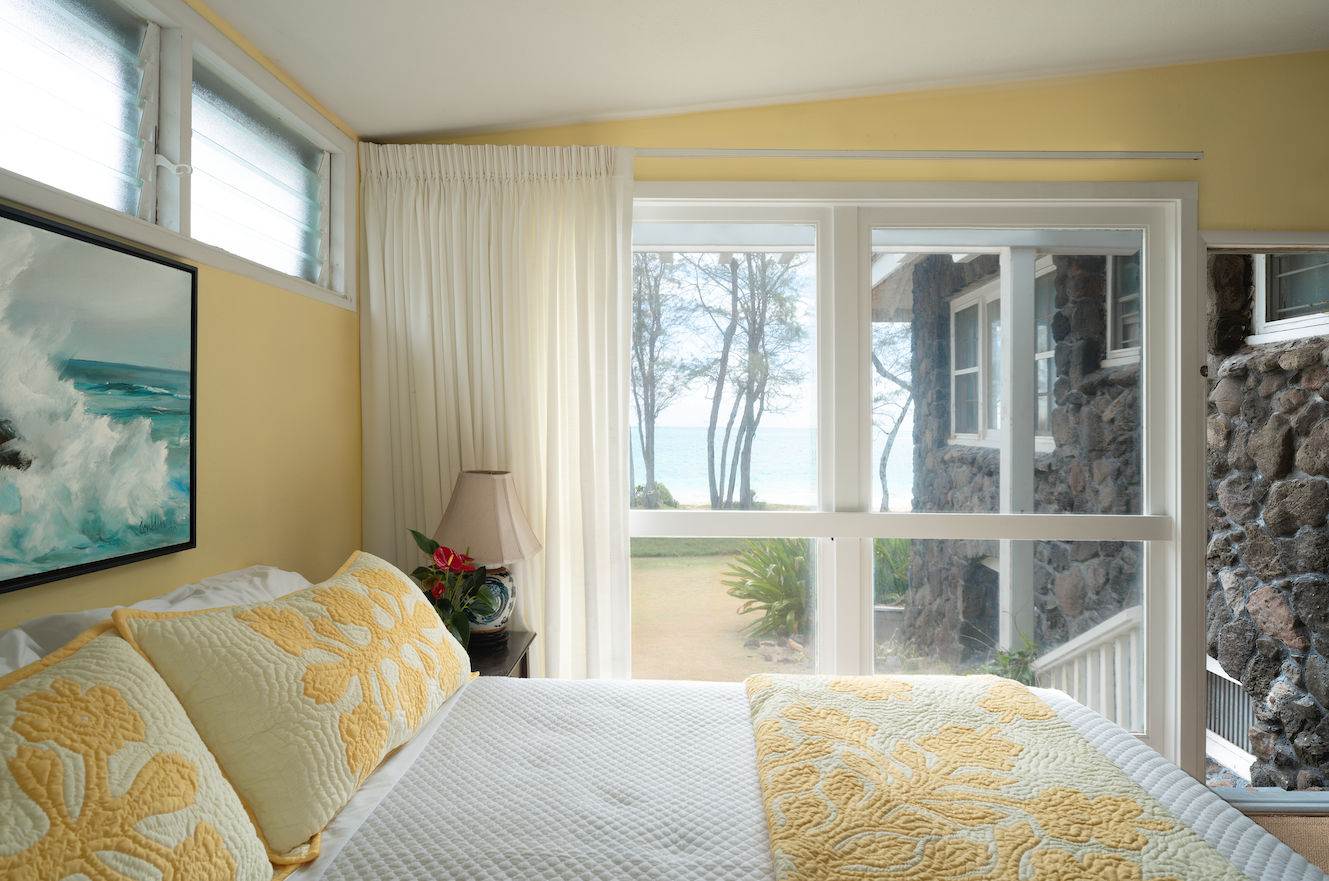
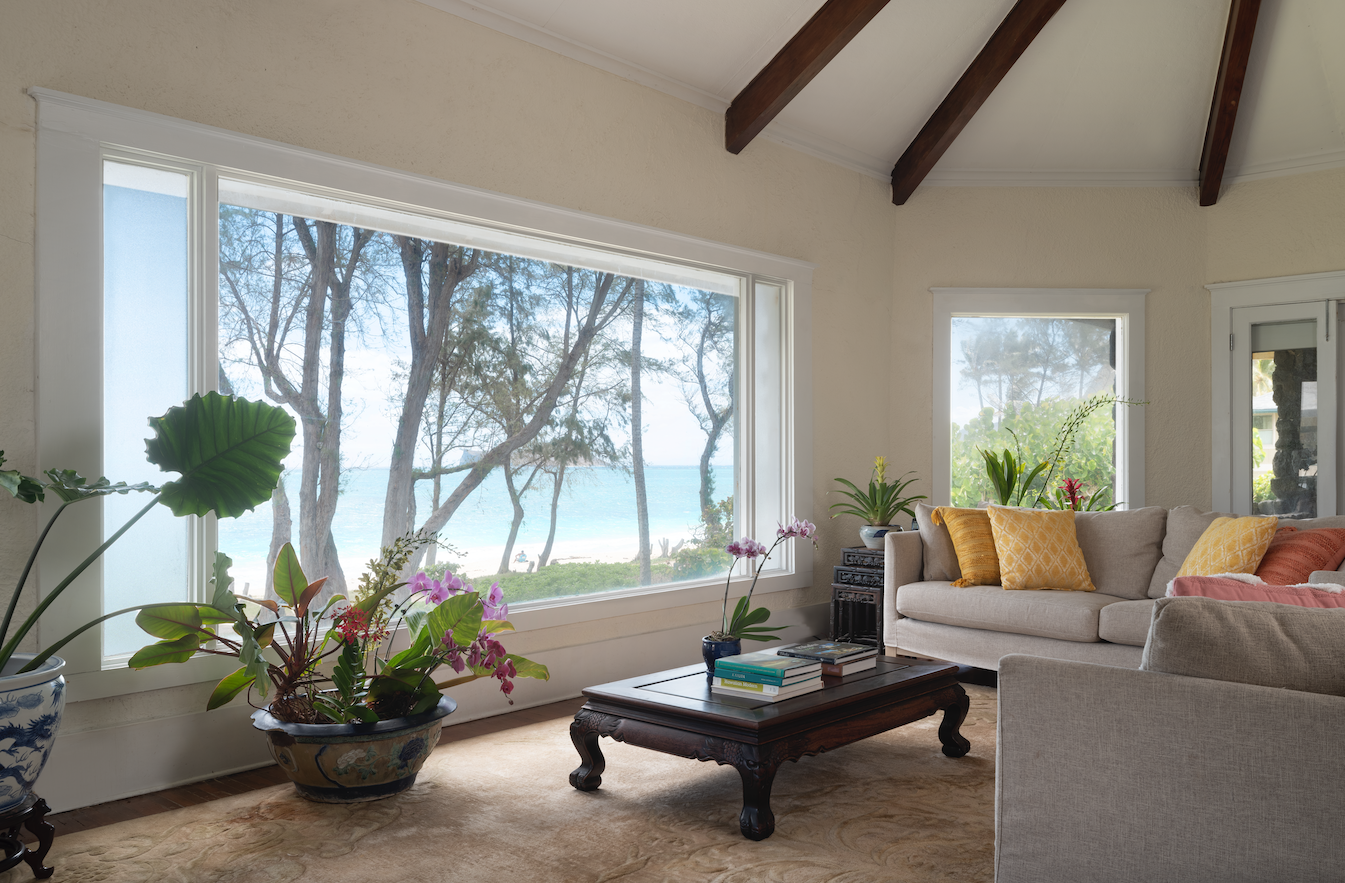
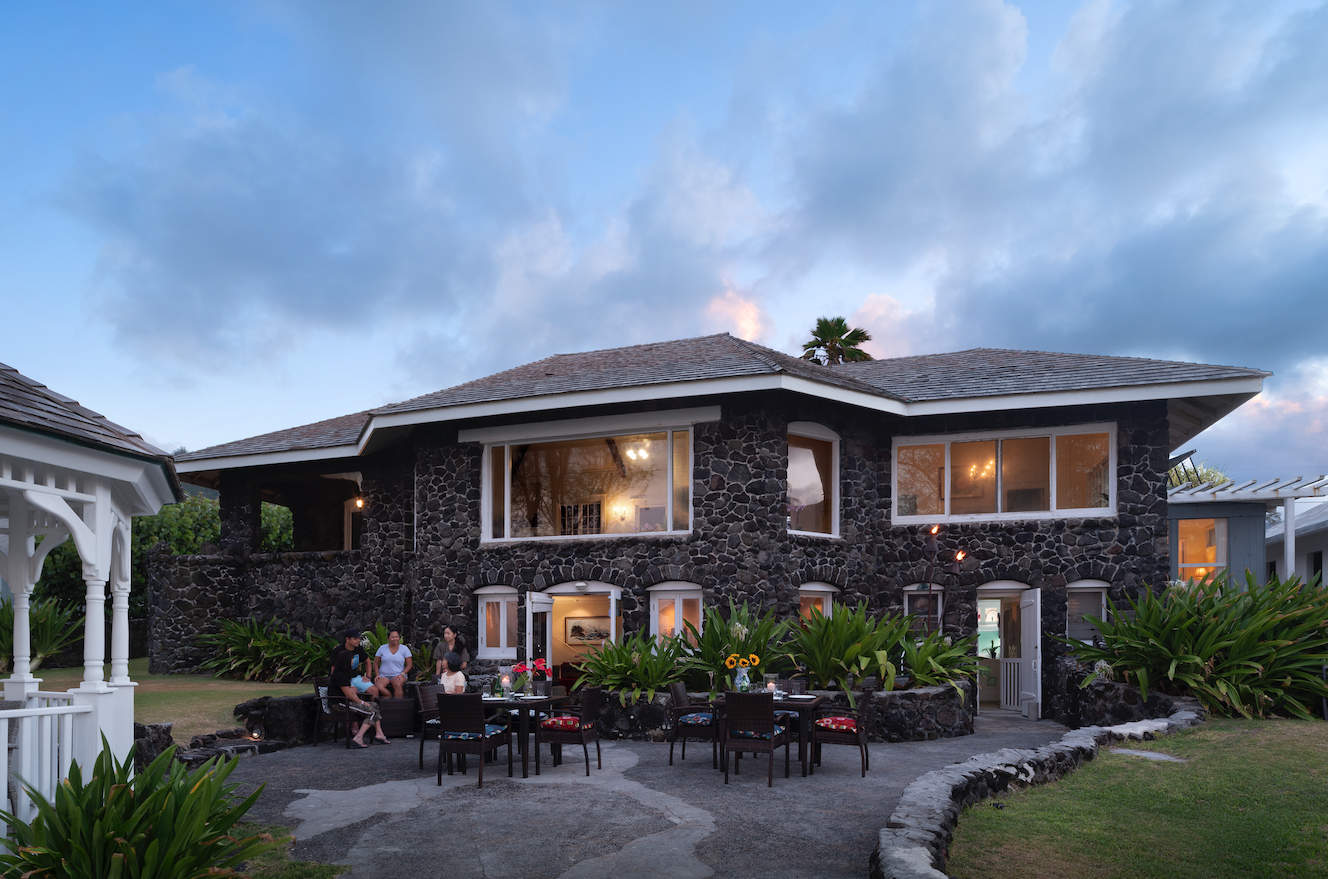
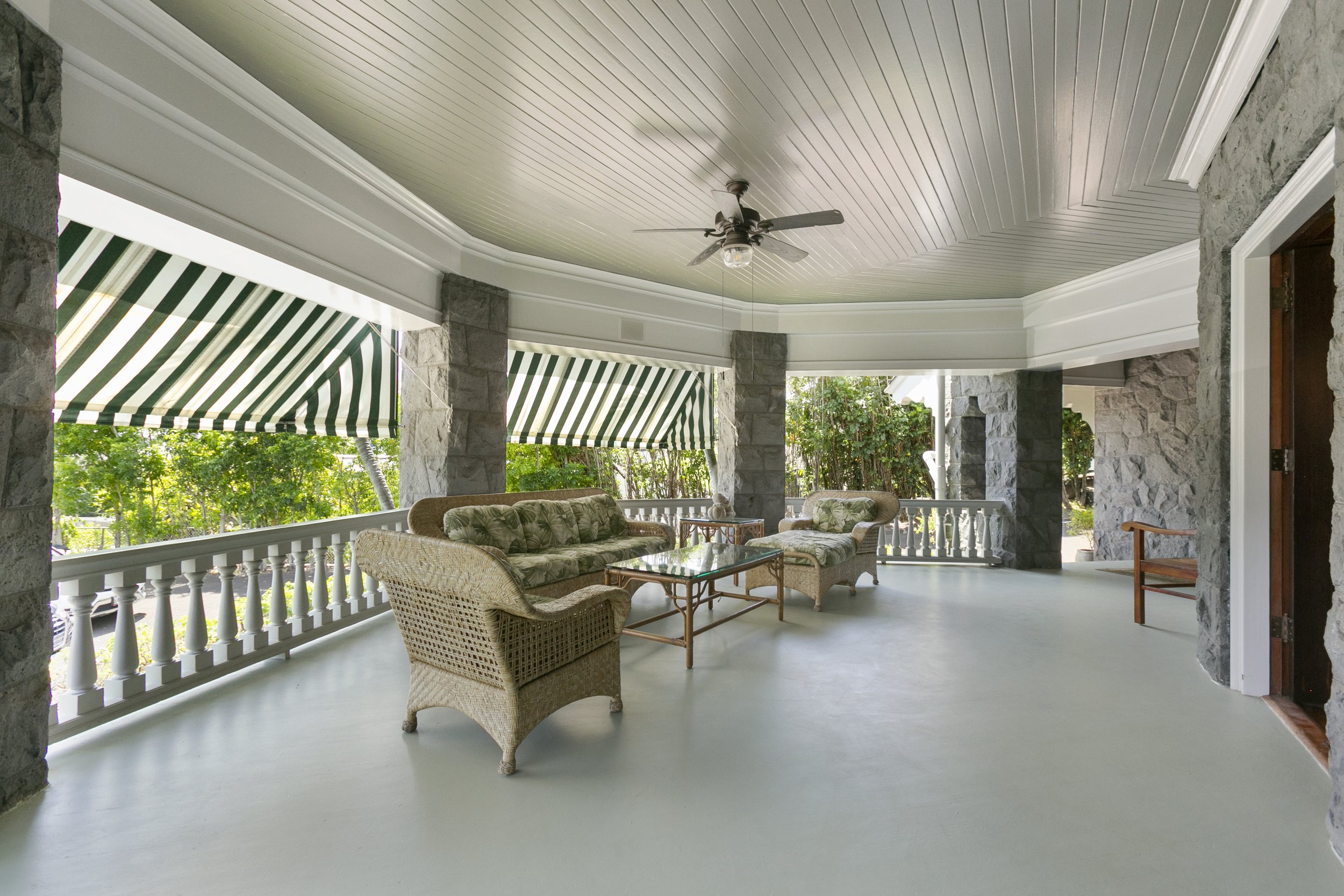
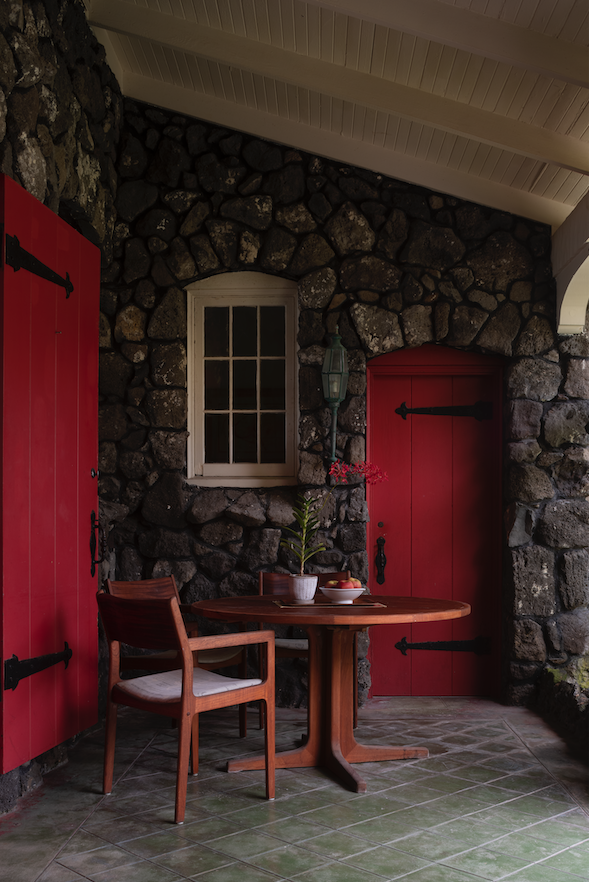

While Hawaii is known for homes that display unique architectural aspects linked to the local geography and history, two iconic houses have developed a rock-solid reputation thanks in large part to their alluring stone construction.
And, as is the case with the close-knit community in Hawai‘i, the homes are related; the original owner made sure he and his family could enjoy the local geography, from mauka to makai.
Known as Greystones or the Greystone Mansion, the Alfred Hocking House is easily recognized for its distinct architecture, and its integrity of design, setting, materials and workmanship.
The structure, which was built in 1903 on Nehoa Street in Makiki near Roosevelt High School by architects E.A.P. Newcomb and C.W. Dickey, is an excellent example of the Queen Anne style of architecture, and is the only remaining structure utilizing this distinctive style in the Makiki area. It is considered to be the most imposing example of this architectural style—which often includes an asymmetrical façade, overhanging eaves and towers—on O‘ahu, and is believed to be the oldest residence still standing on the island.
The residence, which is on both the National and Hawai‘i Register of Historic Places, is also significant for its association with Hocking, a prominent businessman and statesman. He was president and general manager of Honolulu Brewing and Malting Co., which was responsible for bringing Primo Beer to fruition around the turn of the 20th century, and represented Maui in the Senate of the Republic of Hawai‘i.
“It was a special experience because I got to see that Queen Anne style mixed with Hawaiian history,” says Travis McGaughy, realtor-associate at Locations Hawai‘i, when asked about his experience touring Greystones. “The home is something you never get to experience in Hawai‘i. It’s truly amazing to see.”
Built out of 16-inch-thick, hand-cut bluestones that were originally used as counterweights in ships carrying cargo along the world’s shipping channels to and from Hawai‘i, the home gets its name from these stones that are complemented by white latticework and eye-catching awnings.
In the mid-1980s, then-owner Rick Ralston bought and restored the home, and even won the 1985 award for “Ground-up Restoration” from local ar- chitects in the process. The restoration also included the installation of new plumbing and air conditioning, which helped bring the historic seven-bedroom, three-and-a-half-bathroom home back to life. With 6,353 square feet of living space, and memorable accents, including a grand staircase, high ceilings, chandeliers, hardwood floors, Palladian windows, claw-footed bathtubs and a fern grotto featuring a trickling stream just off the dining room, and a swimming pool and spa, the home provides a luxurious glimpse back in time.
Hocking had a beach home constructed in 1926 as a retreat for him and his ‘ohana, and that home still stands today as Hale Pōhaku (House of Stone) on picturesque Waimānalo Beach.
In contrast to the precisely cut bluestones used in the Makiki mansion, the volcanic rock used to build Hale Pōhaku are field stones that were painstakingly arranged to form the house, similar to how rock walls are built today.
The house has been in the family of owner Mike Sitch and his wife Louise Ing since the 1960s, and Sitch says the couple plans on caring for the home until eventually passing it on further in the family. The classic beach house’s grounds are also home to a cottage that used to serve as a garage and chauffer’s quarters when Hocking would bring his family to the windward side to enjoy the fine white-sand beach.
“I look at it as a privilege to be the guardian or caretaker of this property,” says Sitch of Hale Pōhaku, which is also on the Hawai‘i Register of Historic Places. “One of my neighbors likened this house to having a yacht, where you can invite family, friends and guests over as a getaway to help build and strengthen relationships. It has good bones and a welcoming spirit to it, and I feel honored to take care of it; I really enjoy this house with my family.”
Hale Pōhaku’s beachfront location helps occupants feel like they’re in a private world, and allows for idyllic sunrise and moonrise views.
“We’re very fortunate to have this access to the beach and to enjoy such a special place,” adds Sitch. “The (Register of Historic Places) designation allows homeowners to save money on property taxes, and in turn invest in keeping up the property. When Rick Ralston was renovating Greystones, he and I visited each other’s properties, and we were able to gain a unique knowledge of these timeless homes, and the history that makes them so special.”
